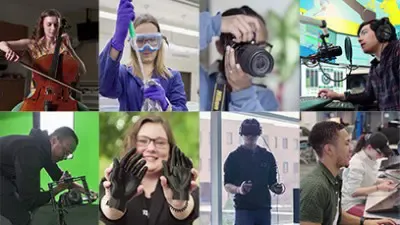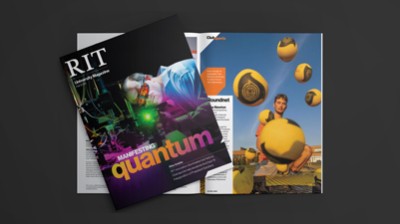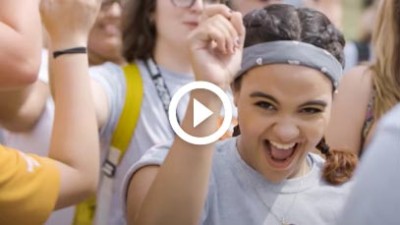Astrophysical Sciences and Technology Colloquium: The CCAT Project - Science, Instrumentation and Schedule

Astrophysical Sciences and Technology Colloquium
The CCAT Project: Science, Instrumentation and Schedule
Dr. Gordon Stacey
Professor
Cornell University
Register Here for Zoom Link
Abstract:
I will describe the progress and science prospects for Fred Young Submillimeter Telescope (FYST) and its associated instrumentation. FYST is a 6 m aperture ultra wide field-of-view submillimeter telescope that will be sited at an extremely dry 5600 m elevation site near the summit of Cerro Chajnantor in northern Chile. The site and telescope characteristics, combined with dedicated wide-field instrumentation, promise unsurpassed mapping speed in the submillimeter to mm-wave telluric windows that enables a wide variety of science from Big Bang cosmology to star formation in the Milky Way galaxy. The FYST telescope, instruments and facility are being built under the Cornell-led CCAT Project. Expected first light is in early 2025.
Speaker Bio:
Stacey received his PhD from Cornell University in 1985 under the mentorship of Martin Harwit. He held a post-doctoral position at UC Berkeley under the mentorship of Charles Townes and Reinhard Genzel before returned to join the Cornell faculty in 1991. Stacey’s research interests center on studies of star formation and its interplay with the interstellar medium across cosmic time with a focus on far-infrared and submillimeter spectroscopy obtained on premier telescopes with instrumentation his group has built. Currently Stacey's group: regularly uses their ZEUS-2 submillimeter grating spectrometer on the APEX telescope in Chile for spectroscopic studies of high redshift dusty star forming galaxies; is building the "Epoch-of-Reionization Spectrometer"(EoR-Spec), a spectrometer module for Prime-Cam that will be used on Cornell’s Fred Young Submillimeter Telescope (FYST) soon after its first light in 2025; and is PI on proposed missions for balloon-borne and space based spectrometers focused on star and planet formation studies. He is also the Director of the CCAT Project that is building the FYST telescope, instrumentation and facility.
Intended Audience:
All are welcome. Those with interest in the topic.
To request an interpreter, please visit myaccess.rit.edu
Event Snapshot
When and Where
Who
Open to the Public
Interpreter Requested?
No









